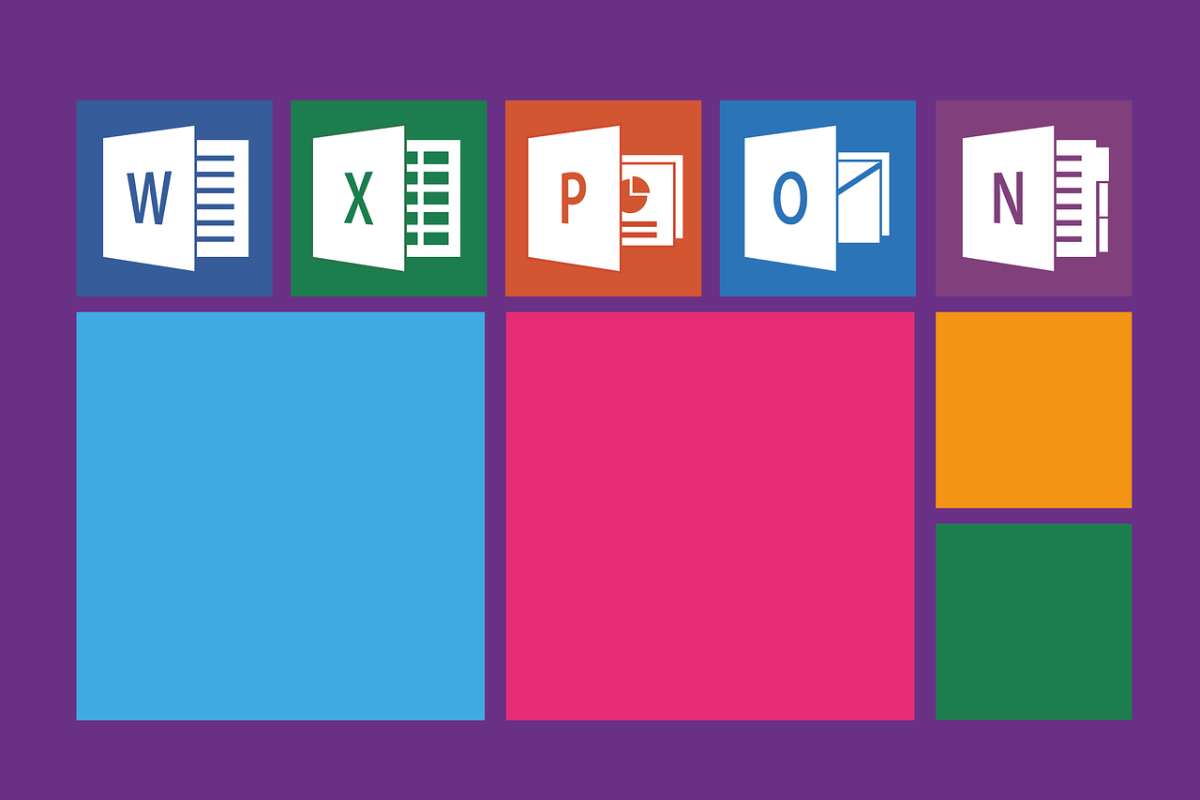Developing a mental health app requires a combination of technical expertise, user-centered design, compliance with legal and ethical standards, and integration of mental health best practices. Here’s a step-by-step guide to help you build a successful mental health app:
When you’re in the toughest life situations or isolation, how do you deal with anxiety, stress, or depression? In these situations, a mental health app can save both providers’ and patients’ lives.
According to a recent study, there are 1,435 mental health apps.
So, we decided it was time to put on our mental health app developers’ hats and bring you the guide with everything you need to develop a mental health tracker app.
Key Features Of Mental Health App
- Calendar – A calendar and a checklist can assist users in keeping their lives organized.
- Trigger checker – A feature for noting triggering conditions can assist users in examining them and devising a set of appropriate responses.
- Reminder – A set of reminders with alerts can provide notifications by assisting them in taking tablets at the appropriate time.
- Community – Include a community feature in your app, offer text or video chats, allow people to share their progress and set goals, and so on.
- Journals – Not everyone feels comfortable physically writing down their thoughts and feelings. A journaling feature could be a handheld and secure solution in your app.
- Sharing – The user can quickly notify others of their current condition by using this feature. Aside from that, this feature can help to raise awareness.
- Client and Therapist Connection – Making it easier for users by matching them with in-app doctors based on their needs and information.
- Gamification – Many of the best mental health apps include some form of gamification. Mini-games allow people to sharpen their cognitive skills while also relaxing their minds.
The Step by Step Guide To Develop Mental Health App
-
Decide On Your Target Audience And Type
Your platform selection will be influenced by whether your app is aimed at seniors, adults, or teenagers. It is undoubtedly beneficial to learn more about your intended patients to design relevant experiences.
Understanding the different mental health tracker apps will help us decide how to develop them and what features are necessary.
So, the type of app, the features you include, who the ultimate user is, and what you want to accomplish must all be consistent.
-
Mental Disorder
This mental health app design includes Anxiety, Bipolar, Schizophrenia, and OCD. These apps will track your mood, keep a journal, and even provide psychotherapy.
- Post Traumatic Stress Disorder
This category’s mental health app includes self-talk measures, music selection, and breathing exercises. Furthermore, It also integrates the user’s contacts for immediate assistance.
- Stress and Anxiety Control
According to the APA, one-third of all Americans suffer from stress. You can develop a mental health app that teaches users how to control and manage these two emotions.
- Self-improvement and Meditation
During the pandemic, there has been an increase in the use of meditation applications. Some people use them as a preventative measure, while others need post-stress relief. Now, developing a meditation health app will be fruitful.
- Make A List Of Possible Features
When custom developing an app, having a list of features and testing them with a prototype allows you to validate your design ideas and ensure that the product will function as intended.
Creating a prototype first not only saves you 10x the cost of jumping straight into development, but it also significantly reduces the time it takes to build your app.
- Code The Right Solution
This portion will consume the majority of development time. Therefore, we recommend adhering to Agile principles and performing interim tests with each iteration. To ensure on-time delivery, follow these guidelines:
- Use third-party HIPAA-compliant audio/video calling SDKs.
- Use off-the-shelf components, such as a chat, to speed up delivery.
- Set up the DevOps pipeline to save developers time on non-essential tasks.
- For HIPAA compliance, adhere to best cybersecurity practices.
-
Testing
Testing is an important part of the Mental health app development process. However, this step describes a significant testing effort that occurs before the solution’s release. You’d have to go through things like functional evaluation, performance evaluation, testing of individual units, and the stress test.
- Release And Updation
When your application has been thoroughly tested, it is ready to accept users. Finally, a round of app store submission tremor and the app is live.
Now it’s time to monitor its performance with the in-app analytics tools you installed during development, respond to user concerns and requests, and keep the application updated.
Cost Of Mental Health App Development
The cost of developing a mental health mobile app is frequently determined by two factors: the set of features desired and the number of hours spent developing the app. In addition, the hourly rate is commonly determined by the location of selected mental health tracker app developers.
Wrapping Up
Everyone’s mental health is essential. As a result, various apps are being developed in tandem with the technology. Healthcare app development company is critical in creating mental health apps with the best features and design.
Final Tips
✅ Prioritize User Privacy & Security
✅ Ensure Mental Health Professional Involvement
✅ Make the UI Simple, Calming, and Accessible
✅ Provide Offline Functionality for Core Features













